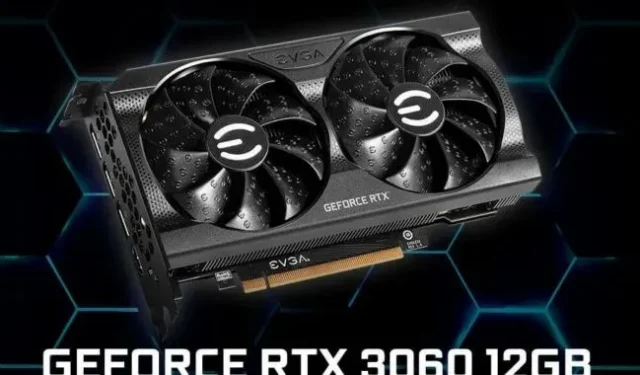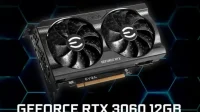Both Nvidia and AMD have made changes to their gaming GPU lines to make them less attractive to cryptocurrency miners, including releasing models of GPUs for mining and making entry-level GPUs with specs that aren’t good enough for mining. One of the most significant changes came in mid-2021 when Nvidia released “Lite Hash Rate”(LHR) versions of their RTX 3000 series GPUs that halved their performance when mining Ethereum or similar coins, but did not affect their gaming performance.
Since then, cryptocurrency miners have tried to bypass the LHR limits in a variety of ways, including using non-LHR drivers that Nvidia has leaked ( oops!) -speed limit. And earlier this week, a hacker named Sergey released an “Nvidia RTX LHR v2 Unlocker”that promised to remove hash rate limits on most Nvidia cards through a combination of BIOS updates and specially modified drivers.
Not surprisingly, sketchy drivers with too-good-to-be-true performance promises turned out to be full of viruses. An extensive report shows that the software package modifies Windows Powershell policies, deletes and creates new files in system directories, and causes abnormally high CPU usage, among other things.
I’m not saying you should never install a modified driver on your computer—sometimes these drivers are the best way to get older hardware to work on newer versions of Windows. In other cases, like this well-known AMD Driver Pack for Boot Camp Macs, it’s the best way to get consistent driver updates with the latest fixes and performance improvements.
But you must use common sense when downloading and installing such software. If cryptic drivers from a previously unknown third party promise a silver bullet to solve a problem that the entire cryptocurrency mining community has failed to solve, you probably shouldn’t install them.


